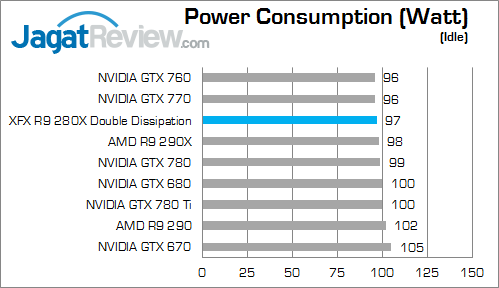Древторг Woodtrade
Онлайн-рынок продукции из дерева
Ho To (Do) Renewable With out Leaving Your.

These programs also have the potential to help both the providers and consumers save money; they could eliminate the need to build additional power plants and delivery systems -- specifically, those for use during peak times only -- as well as the potential to lower wholesale energy costs. In broad terms, demand response programs give us -- residential, commercial and industrial consumers -- the ability to voluntarily trim our electricity usage at specific times of the day (such as peak hours) during high electricity prices, or during emergencies (such as preventing a blackout). Plants that generate peak power often also generate high levels of pollutants. Less power consumed in turn lowers the levels of pollutants generated. While demand Esaver Watt Device response technology shifts power from one source to another, it also functions to lower the amount of power consumed. You may know CFLs as the bulbs that are dim at first and take a while to warm up to full brightness. Xcel Energy wants to turn Boulder, Colo., into the first smart grid city in the United States. Consumers ultimately have the power to turn the heat back up a few degrees if they prefer a warmer house. In addition, there is a thriving market for connected devices and consumer electronics that can support digital media and high-speed internet technologies that enable consumers to access video content from anywhere in the world.
However, there are many ways you can start reducing energy costs and optimizing your savings. In addition to residential efforts, there are companies emerging with the sole purpose of demand response. Are electricity prices getting higher? When totaling the electricity consumption costs for this year, you see that the bill dropped to a mere $178.71. To keep up with the load demand and its expected rise, the industry needs to relieve the increased stress on the aging grid and build new power plants and transmission power lines while working to reduce greenhouse gas emissions and the skyrocketing costs of energy. Everyday, American companies are adopting strategies and technologies that save energy, cut costs and reduce pollution. According to The Department of Energy, switching to a high-efficiency window AC can save you between 20 and 50 percent on energy costs, vs. The U.S. Department of Energy estimates the average home uses about 11,000 kilowatt-hours (kWh) annually. Alternatively, TOU allows consumers to shift their usage patterns from high-price peak hours to less expensive off-peak hours by sharing information to make smart adjustments: A TOU meter at home tracks the total kWh energy usage over a period of time (day, year). Demand response is a way for consumers to make smarter decisions about energy consumption, as well as for the grid to do the same.
Carey, John. "A Smarter Electrical Grid." BusinessWeek. Mazza, Patrick. "A smarter, thriftier grid." Grist. Mazza, Esaver Watt Device Patrick. "Adventures in the smart grid no. 2: Demand response." Grist. At the very least, the grid needs to handle this scheduled energy production, in addition to any usage spikes that happen. Through these contact points, the grid would automate the flow of electricity as needed, identify and isolate load problems; it would also be able to handle uneven supplies of Esaver Watt Energy Saver from renewable sources such as wind and solar power. One way to decrease the demand load is a concept called demand response. These savers should display across multiple monitors if you use only one graphics card with multiple outputs and have set up your monitors using Windows's span mode. With this list of 100 monthly goal ideas, you’ll be inspired to be intentional with the goals you set for yourself. Standard switches provide enough power to send a signal up to 100 meters (330 ft).
A smart grid could also be a green grid, balancing energy output from fossil fuel-driven power generators and renewable energy sources. Hof, Rob. "Google's Green Agenda." BusinessWeek. First, many field experts assume that if people are given a choice between conserving or not, they will choose to conserve because it's a feel-good, green contribution. With demand response, the 21st century smart grid could be a green grid. In the same way every computer that accesses the Internet has an Internet address, the smart grid would have a web of access points that could be identified and contacted. The structure of the grid is often described as similar to the Internet. A negawatt is a unit of power that is no longer needed, and aggregators sell them to regional Independent System Operators (ISOs) who use them to reduce the load on a specific part of the grid. Automatic direct response systems could sense imminent demand load problems and divert or reduce power in strategic places, removing the chance of overload and the resulting power failure. The industry is looking at demand response programs, big and small, as an important piece to the infrastructure solution.
О
Популярное содержимое
© 2025 Created by Yuri Khrushch.
При поддержке
![]()
Вы должны быть участником Древторг Woodtrade, чтобы добавлять комментарии!
Вступить в Древторг Woodtrade